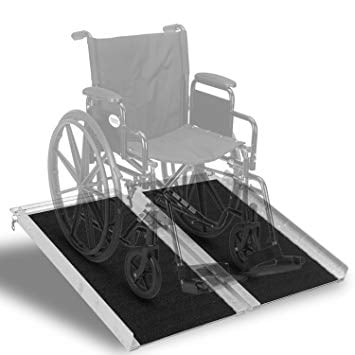This article is brought to you by 1800wheelchair – The Power Wheelchair Store.
When life throws you a lemon, you don’t sulk, complain or feel sorry for yourself. Instead, you just make lemonade. You make the most of the situation that is handed to you, just as Stephen Hawking has done in his lifetime of accomplishments, achievements and deeds while being severely disabled. Mr. Hawking is an extraordinary human being who defeated all odds and stood his ground in maintaining his sense of humor and integrity, despite his physical limitations. Society puts him in the same category as Albert Einstein and Isaac Newton for his knowledge and experience in Physics, Mathematics and Cosmology. He is a man defined not only by his disability, but by his accomplishments and his contributions to science.
Continue reading An Overview of Stephen Hawking

